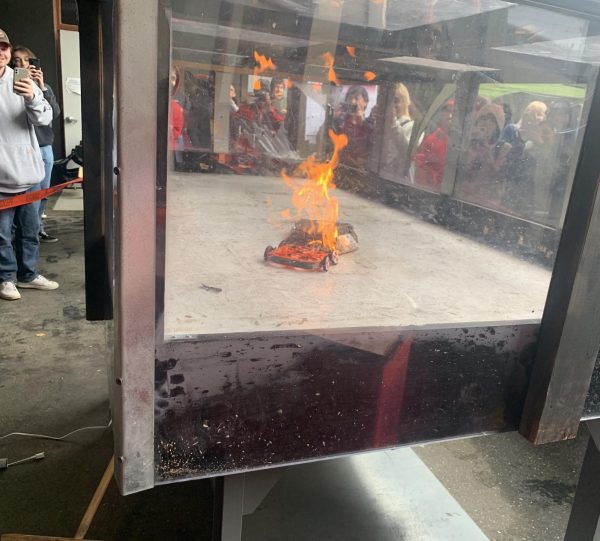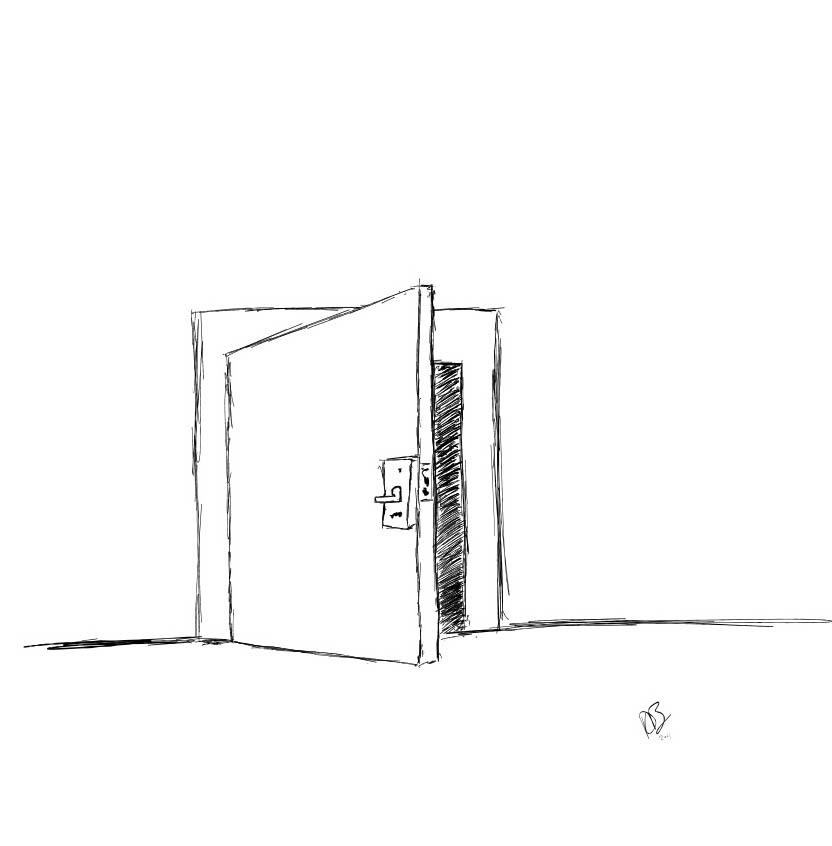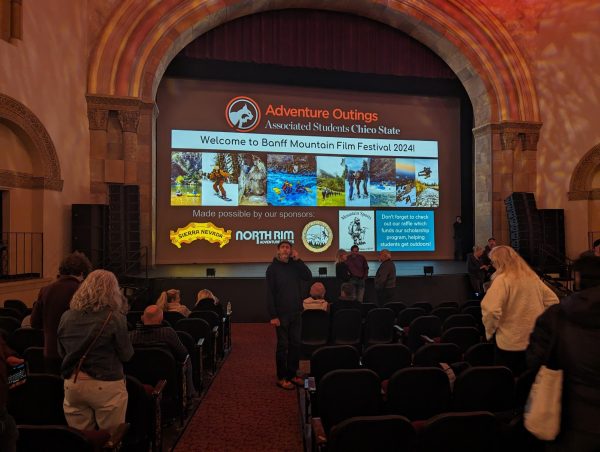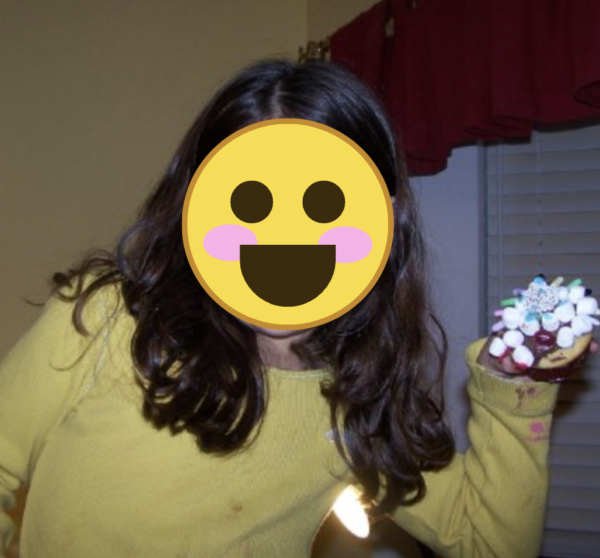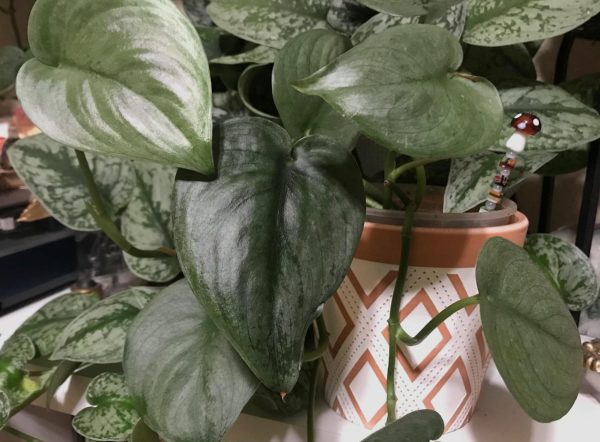Close The Door on Your Way In
Closing Door
During the early stages of my childhood, I spent 54 months in foster care in Sacramento, where I was also born. Around the age of 4, I was adopted by a couple whose inability to procreate paved the way for my becoming. To this day, I am proud to call them family.
Between the ages of 5 and 14, my development as a boy was altered as one could imagine. Like myself, children adopted later in life have a different understanding of what adoption is or why it’s happening. This is because the experience is had during a different developmental stage than those who might have been adopted at infancy or birth.
Those of us who have experienced trauma or neglect may remember such experiences because it complicates our identity — identity being the main casualty when trauma is concerned, which has a nasty habit of turning into shame.
Psychology teaches us that trauma-induced during childhood directly affects later life behaviors and actions. This can be seen in a person’s relationship dynamics with other people as well as their own self-image. But for others, adolescence was also a key player.
Growing up, I had many issues with authority figures, not because I was anti-social but more so, I just didn’t trust adults. This mindset stuck with me all the way through high school whereby the time I was 17,I had already been in-and-out of eight different schools.
During my teens, I was no stranger to being suspended or sent to detention and eventual expulsion. My last attendance as a “free” student was at a high school in Long Beach, California — Woodrow Wilson High.
What made this school special to me was the diversity and as a young black student, I had yet to attend a school where there were at least five black children enrolled. Because of this new and daunting culture shock, the vision I had for my stay there was radically different from reality.
The problem I ran into was I felt as if I didn’t fit in anywhere. I’d spent so much of my life apart from my own culture that I didn’t know how to interact with anyone that had the same skin color as me. On the other hand, I always hated being the only black person in my friend groups or sports teams. My family dynamic wasn’t much different as I was also the only person of color in the home.
With the tidal waves of emotion that come with puberty, I eventually snapped, and in one idiotic night of intoxication with the wrong people, I found myself in the hospital with a minor concussion sustained from being in a fight I most clearly lost. To this day I still can’t remember why or what caused the fight to occur, but for my parents, it was the last straw.
I was about 16-17 years old when I was sent to a treatment facility that, at the time, seemed like modern-day Pelican Bay State Prison. On the precipice of adulthood, I was plucked from my habitat away from everything I knew, and dropped into the world of treatment.
In hindsight, I should’ve been grateful, after all, living the worst of both worlds at the time was beginning to weigh on me in a destructive way. Although I was not as emotionally mature as the modern-day, so treatment came swiftly and was accepted reluctantly.
The treatment to be exact was to intercept and reroute reactive attachment disorder in young teens through talk therapy and recreation. In my case, it was adopted teens with the same disorder.
Essentially RAD as some call it occurs predominantly in the lives of children who’ve experienced serious neglect. The result is a warped sense of trust and relationships leading one to form unhealthy emotional attachments with others. For instance, calling my parents by their first names—Jim, Sandy— for nearly two years into my adoption. It’s sad but true.
Now living in the all-boys wing of a treatment facility in Lake Ozark, Missouri, being a fellow adoptee, blended in on the surface. But these kids were animals to me. Disrespect ran rampant through the mouths of prepubescent boys as staff tried desperately to accomplish a task as simple as taking attendance.
For a long time, I resented my parents for sending me there. How could you adopt a child, then send them away again? In retrospect, I think they were just doing the best they could given the circumstances: being an interracial family in a white suburb.
This fact only added to the complexity of my aging and development. It’s because I always tried to shift attention away from my family dynamic. I found it made social interactions awkward and uncomfortable. Anytime I tried explaining my origins or the fact that my parents are white felt distant and oddly self-serving.
When thinking about the talk therapy or the first time I committed to it, I immediately get flashbacks of one of the first times I cried in private. I had just gotten out of a session and a phrase the therapist had said just kept ringing in my head; “I hear you.”
For some reason, those three words struck something hard within me. Could it be that I’ve never heard those words before? Or possibly no one had ever made it a point to make sure that I knew that I was being heard until that moment and the overwhelming gesture just moved me to tears. This much is true, I was in a space where someone was listening to me.
As a teen, this occurrence seemed very rare. It’s almost as if being a teenager comes with its own standard-issued angst. The angst that preemptively detaches its host from those in authority around them. Now suddenly no one understands what that teen is going through, but the behaviors always lead to the source. And over time, talking through one’s therapy navigates the way.
Everyone’s therapy is different, custom-tuned to meet their exact needs. For me, much of my treatment focused on PTSD. Looking back, it’s clear as to why I was struck so emotionally by such an empathetic phrase “I hear you.” I was holding in a lot of the pain from an abusive childhood before being adopted.
As a result, it’s natural that I feel a certain nostalgia and contempt for my past.
This kind of therapy might do the same for others or even leave you mad, crying, or indifferent. A lot of the time, talk therapy involves getting to the root of different areas in one’s life. Either way, it ends with growth and all its ailments and should be taken seriously.
Though no one’s treatment is necessarily based entirely on behavior, rather trust and interdependence. Each child would have their own baggage, so it was only fair to assume that basing one’s progress on their behaviors would seem oddly sadistic. Only by talking through situations and processing them can trust be established between a therapist and the client. Diagnosing purely off actions is medieval and unethical.
During my treatment, I watched as other kids came and left the program just as quickly as they arrived. Some had shorter stays, while some stayed for years.
As for me, my sentence was approximately 11 months. In which time I was transformed in my perception and attitude toward therapy.
The transformation process was long and painful. I was forced to exfoliate old wounds and confront them. There were times where I felt my entire life was a mishap. The rate at which I lost most of my innocence simulated a dish rag being wrung out of its water until all that’s left is the damp cloth, now only used for the nearest spill. And one sympathizes, the dream of being a cleaned-up mess also bobbed around my mind listlessly as I struggled to take part in reality.
To anyone reading this, it will hardly sound like a love letter to therapy. It might even push some further from the prospect of talking about their life with a stranger. To that, I would suggest considering the idea that the very reason you might fear therapy might be the reason it could do some good.
Fast forward to the present day and counting all those failed therapy sessions of my youth before having moved, I’ve been involved with my treatment for a little over 17 years. The things I’ve learned go beyond any classroom and have taught me about myself in ways I otherwise would have overlooked.
For example, I’m bipolar — Bipolar II to be exact. It’s like bipolar I in respect to mood changes over short amounts of time. Though the difference lies in the “up” parts of one’s mood.
In bipolar II cases, this phenomenon is called “hypomania.” Anyone affected by bipolar II disorder has had at least one hypomanic episode in their life.
The hypomanic episode includes heightened moods that can manifest themselves as either euphoric or as irritable.
Someone experiencing an episode may be excited to be around —making jokes, taking a potent interest in other people, exposing others to their positive mood.
The downside is sometimes these episodes surpass into full manias affecting a person’s functionality.
There have been times I spent months in a manic state unaware and unconcerned.
In mania, people often impulsively spend money, become hypersexual, or engage in other destructive behaviors with the risk for dangerous consequences, all of which I had fallen prey to.
No matter who is involved, therapy can be a lot to take in. The world can seem like it’s crumbling beneath you leaving one depressed and detached. Although the reward, for committing, for facing one’s fears, speaks volumes to those of us still finding the courage to do the same.
My biggest fear is abandonment and the feelings that come with it. During my time in therapy, there have been great strides made to mediate that flaw, and there have also been struggles dealing with it. I’ve learned that to gain true awareness of one’s life and their place alongside the rest of the world is to become radically open-minded.
Accept that you might not have any answers at all — better yet assume you’re wrong and let that be your motivation to find truth in your own life. This is the only goal a therapist ever cares about.
It’s not always that easy though, just finding a way to afford therapeutic help can seem daunting.
That’s why if you need a space to talk or someone to listen, Chico State can facilitate some through the WellCat Counseling Center.
And fortunately, Chico State provides this for free where the only thing asked of you is to close the door on your way in.
To this day I’m still going to sessions once a week. I’ve grown, I’ve had bad days, weeks even. But the one constant in all this is me and the choices I choose to make. Given my past complete with my failures, successes, shortcomings, and triumphs I stand proud. Not because of what I’ve been through but because I’ve been through it, and I’m still here.
The best way I can advocate for myself is, to be honest, and open about the things I’ve gone through. I’ve found that bringing awareness to mental health entails a lot more than reposting an info-graphic or reciting online rhetoric but actually sharing one’s own experiences. It involves radical empathy not integrating one’s self just to fit their own self-actualization. Find an organization that advocates and respects the community of those struggling with mental health rather than how it makes you look.
Out of thousands of organizations dedicated to bringing awareness to mental health and its importance I was lucky to interview with NAMI (National Alliance on Mental Illness). We spoke about various topics involving mental health as well as bipolar disorder. Having the opportunity to speak freely on the matter of mental health and the importance of a therapy is all I could hope for so it was an honor to be a part of the video.
Therapy in the end is just a tool — a sharp one. And if used properly, can unlock the uncharted depths that lie within each and every one of us. I write to the public in full honesty and hope what is written can insight a new perspective and a new zeal for self-discovery.
Devonte Barr can be reached at [email protected] or @devyst8 on Twitter.



